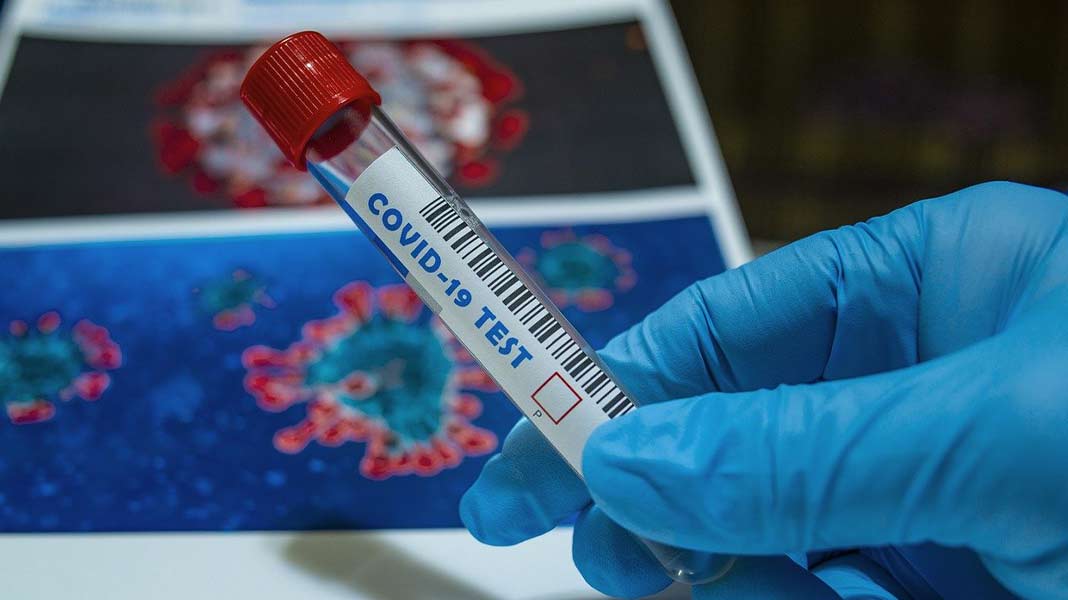Revised guidelines for Home Isolation of very mild, pre symptomatic and Asymptomatic COVID-19 cases

The Deputy Commissioner, East Jaintia Hills District informs the general public that the Ministry of Health and Family Welfare, Government of India has issued revised guidelines for Home isolation of very mild / pre-symptomatic/ asymptomatic COVID-19 cases. As per the guidelines, the patients should be clinically assigned as very mild/mild, moderate or severe and accordingly admitted to COVID Care Center, dedicated COVID Health Center or dedicated COVID Hospital respectively. In view of large number of asymptomatic cases being detected, the current guidelines have been extended to asymptomatic positive cases also besides very mild and pre- symptomatic cases.
In the revised guidelines, patients eligible for home isolation should be are clinically assigned as a very mild, pre-symptomatic, asymptomatic case by the treating medical officer. Such cases should have the requisite facility at their residence for self-isolation and also for quarantining the family contacts. The guidelines also state that patients suffering from immune compromised status like HIV, transplant recipients, cancer therapy are not eligible for home isolation. Elderly patients aged more than 60 years and those with co-morbid conditions such as hypertension, diabetes, heart disease, chronic lung/ liver/ kidney disease, cerebro- vascular disease shall only be allowed home isolation after proper evaluation by the treating medical officer.
Furthermore, a care giver should be available to provide care on 24X7 basis and communication link between the care giver and hospital is a prerequisite for the entire duration of home isolation. The caregiver and all close contacts of such cases should take Hydroxychloroquin prophylaxis as per protocol and as prescribed by the treating medical officer. It has also been advised to Download the Aarogya Setu app on mobile available at: https://www.mygov.in/aarogya-setu-app/) and it should remain active at all times through wifi or bluetooth.
The patient shall agree to monitor his health and regularly inform his health status to the District Surveillance Officer, who will facilitate further follow up by the surveillance teams. The patient should also fill in an undertaking on self isolation and shall follow home quarantine guidelines. The treating doctor should satisfy himself before allowing home isolation.
In the case of developing serious signs or symptoms, immediate medical attention must be sought. These symptoms could include difficulty in breathing, dip in oxygen saturation, persistent pain and pressure in the chest, mental confusion and inability to arouse, slurred speech/ seizures, weakness or numbness in any limb or face and developing bluish discolorations of lips and face.
The guidelines also state that a patient under home isolation will stand discharged after 10 days of symptom onset and no fever for three days. Thereafter, the patient will be advised to isolate at home and self-monitor their health for further seven days and there is no need for testing after the home isolation period is over.

Leave a Reply